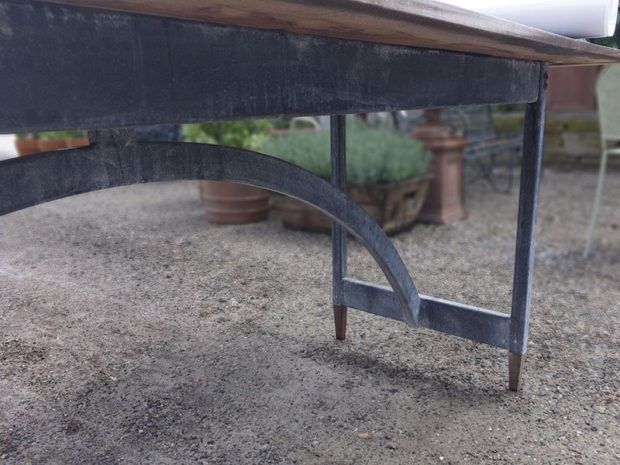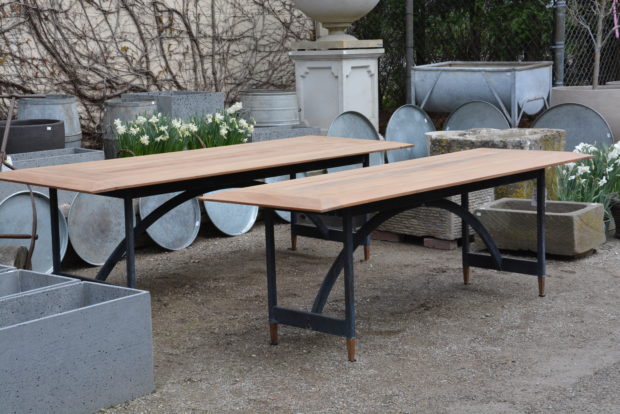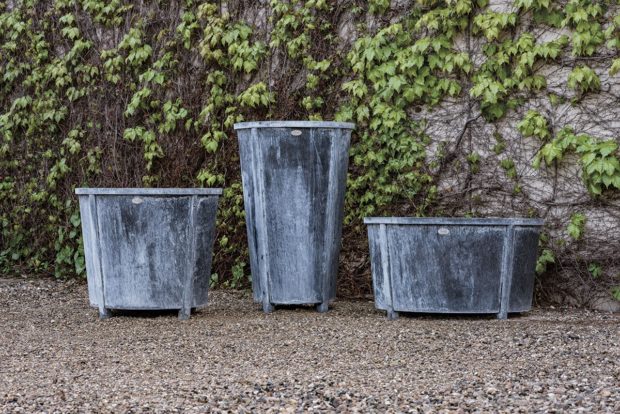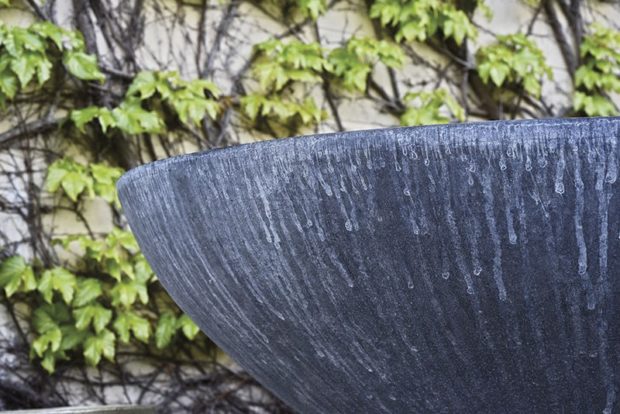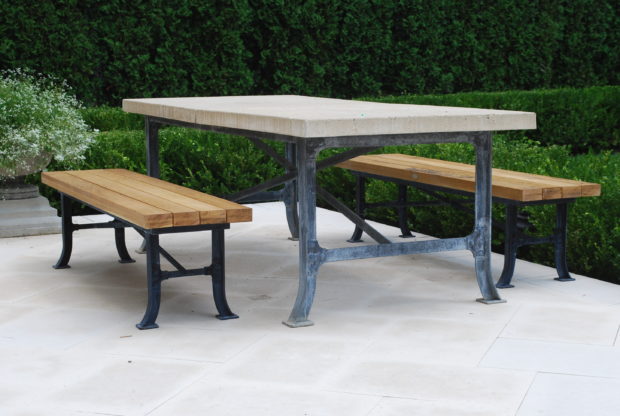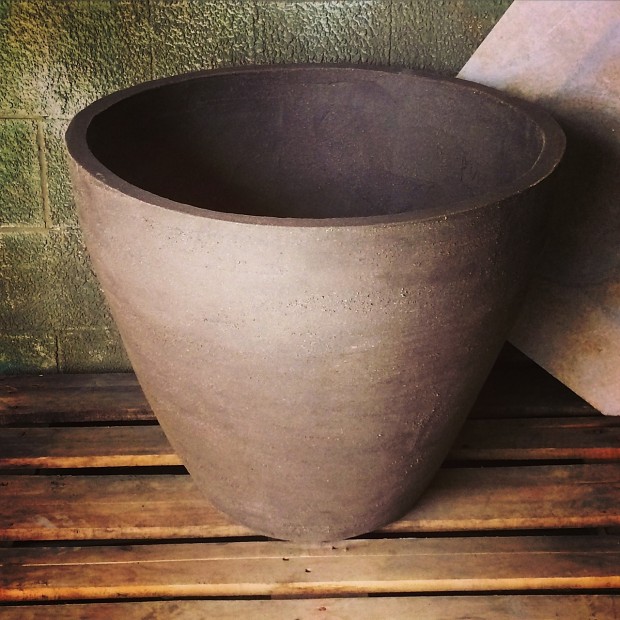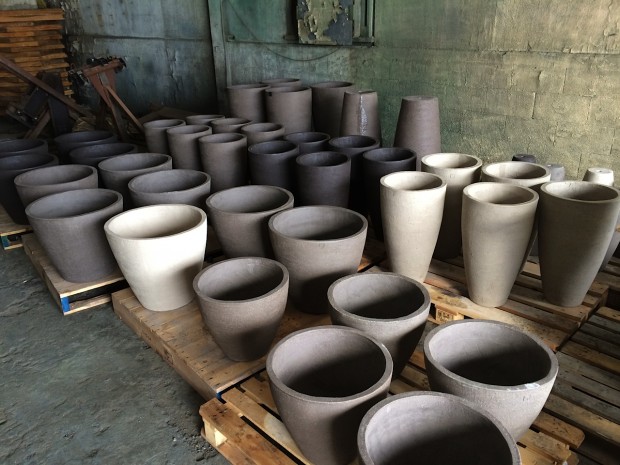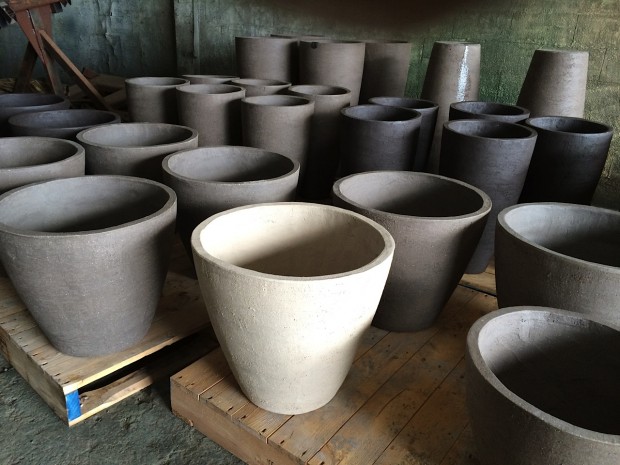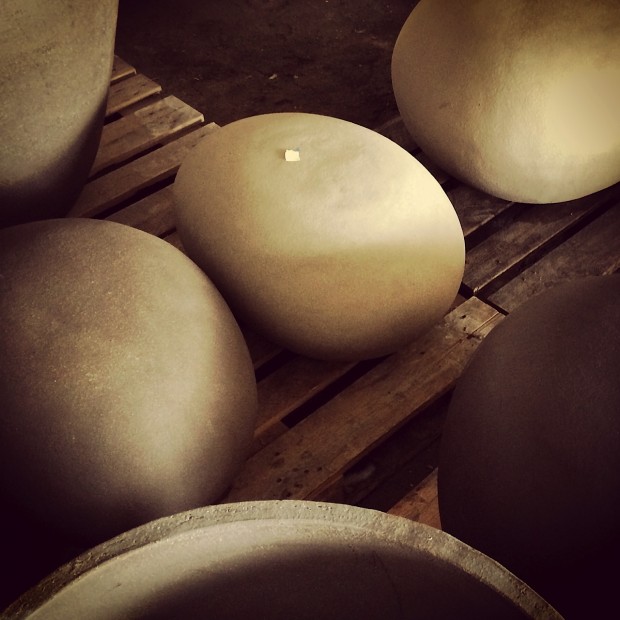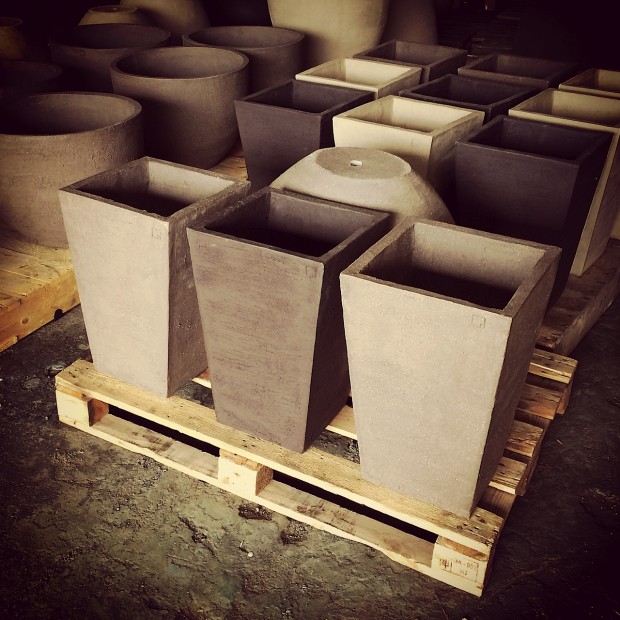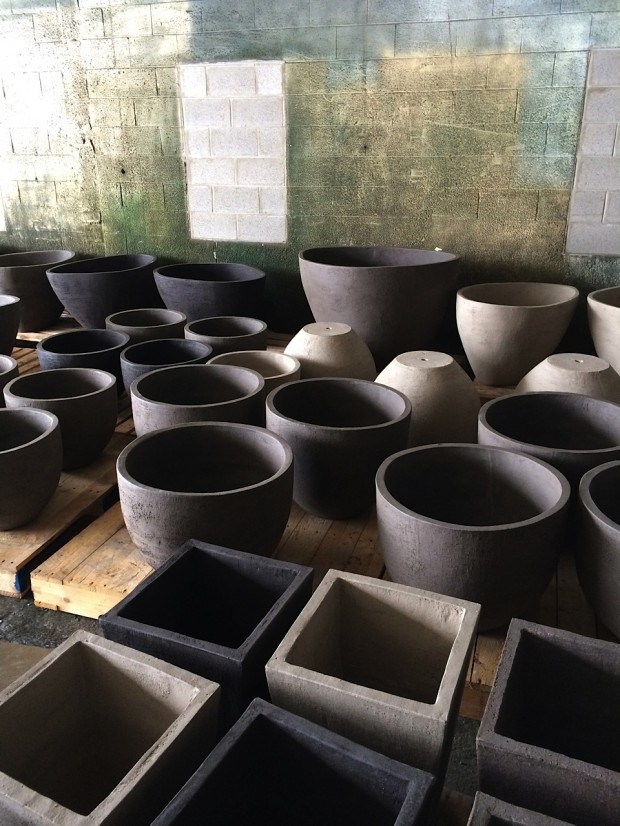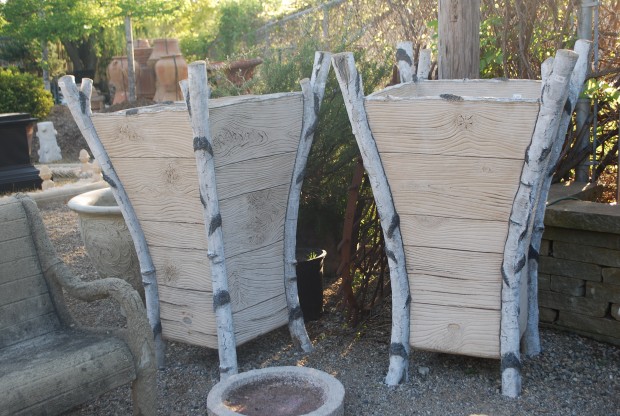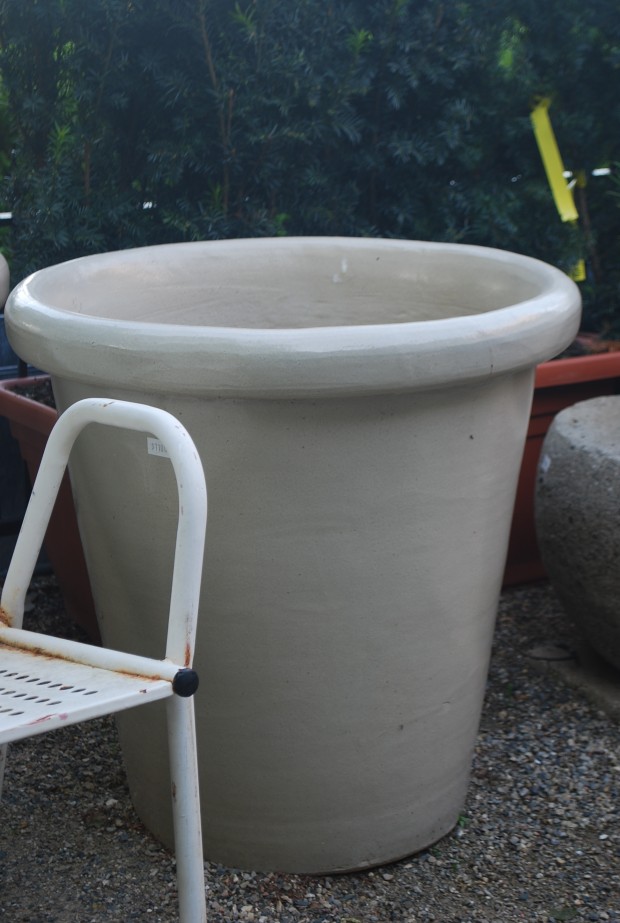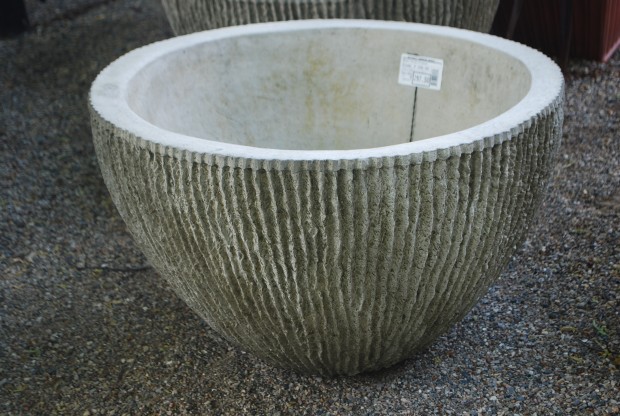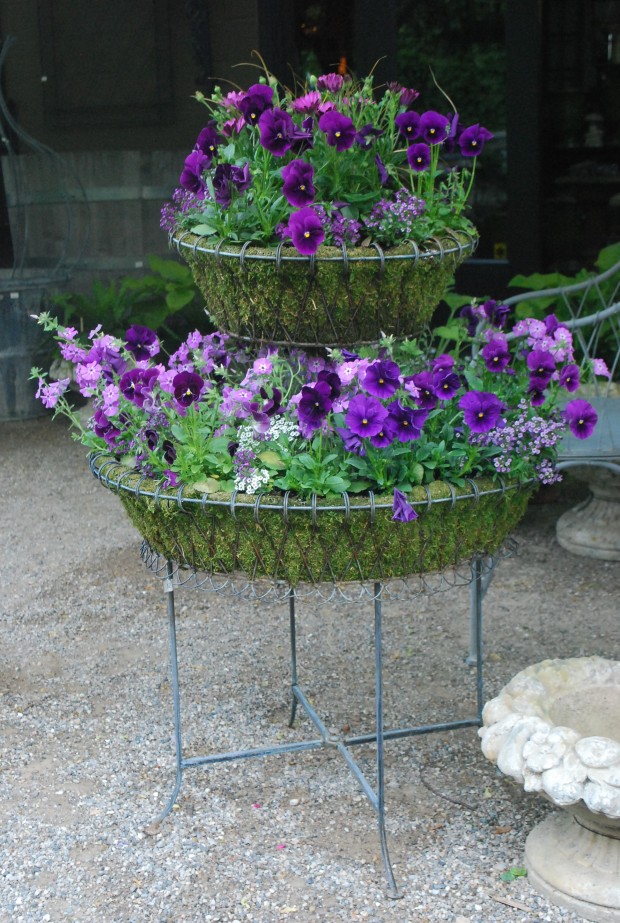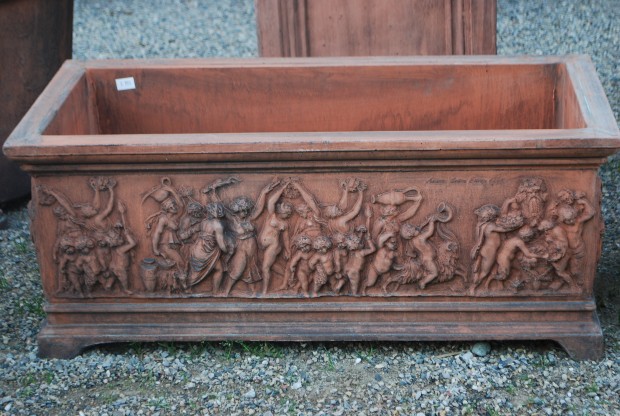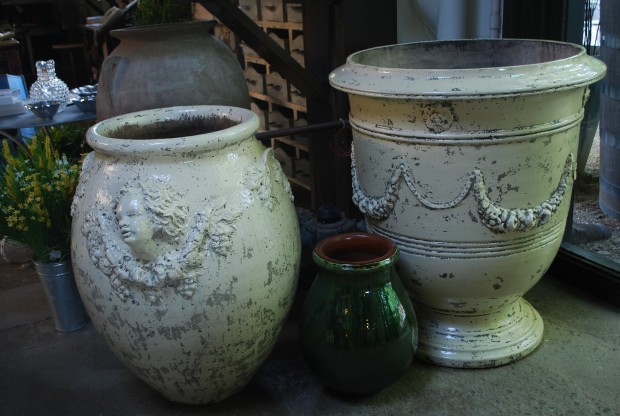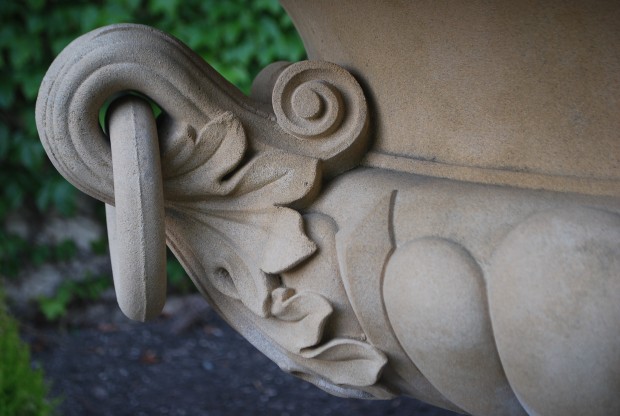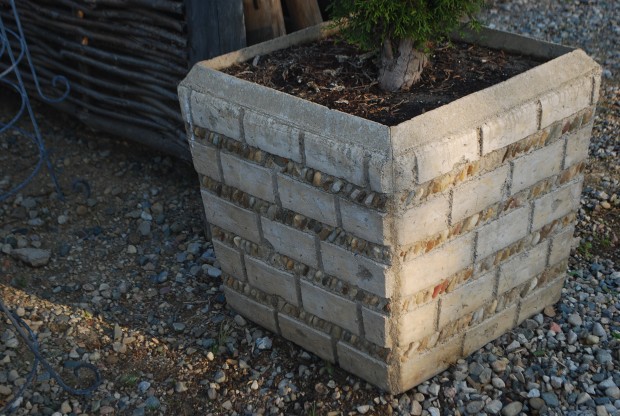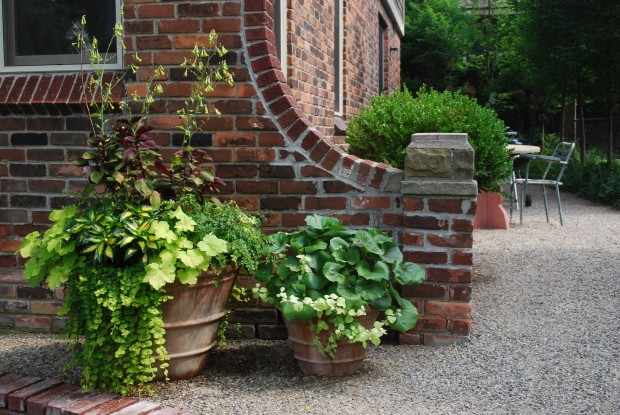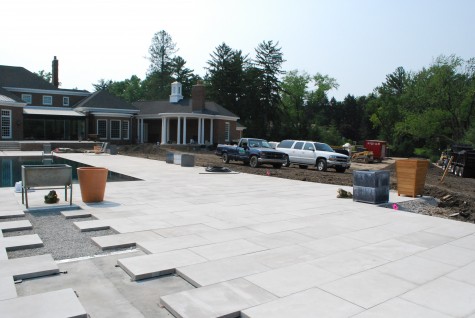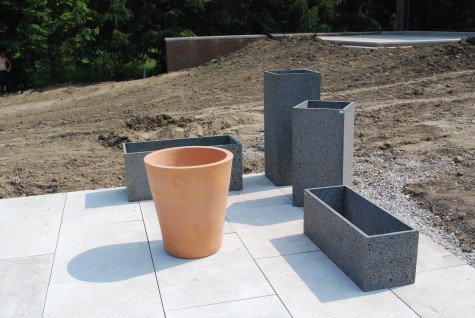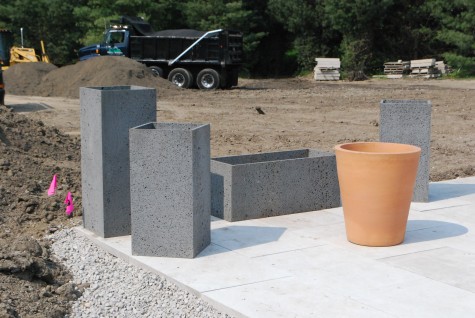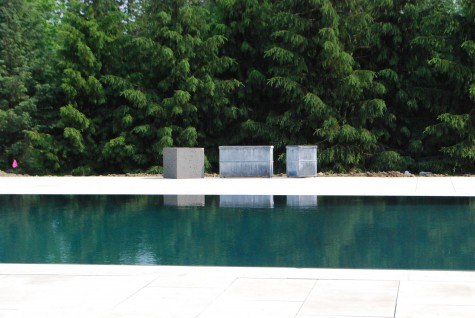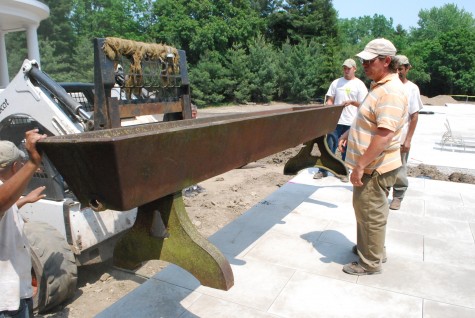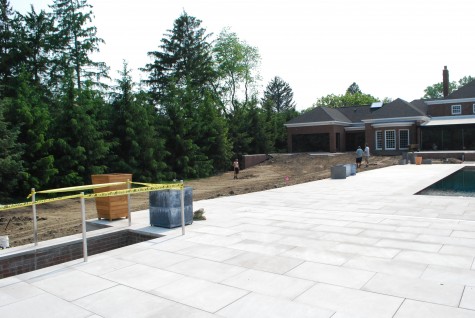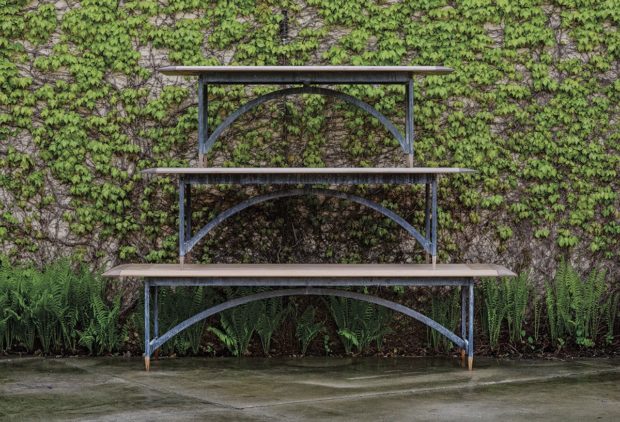 The Stuart garden dining table was so many years in the making. To see that table in production is a dream come true. I am a designer, first and foremost. To see a design come together and get built is what keeps me designing.
The Stuart garden dining table was so many years in the making. To see that table in production is a dream come true. I am a designer, first and foremost. To see a design come together and get built is what keeps me designing.
 I am very lucky to have a steady stream of clients asking for landscape design. Everyone who approaches me for design is individual-and different. I appreciate that. My landscape design firm is very busy. But the years I have spent designing this garden dining table came from a different part of my design heart. So happy that Branch is ready to ship.
I am very lucky to have a steady stream of clients asking for landscape design. Everyone who approaches me for design is individual-and different. I appreciate that. My landscape design firm is very busy. But the years I have spent designing this garden dining table came from a different part of my design heart. So happy that Branch is ready to ship.
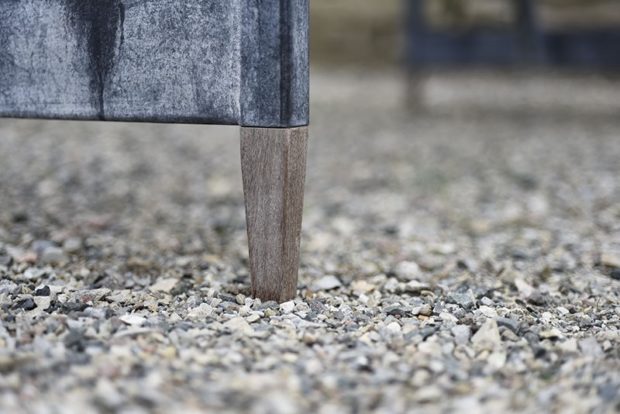 Ipe foot detail on the Stuart garden table
Ipe foot detail on the Stuart garden table
 Buck’s first bar edge rendition of the Stuart table, 2005
Buck’s first bar edge rendition of the Stuart table, 2005
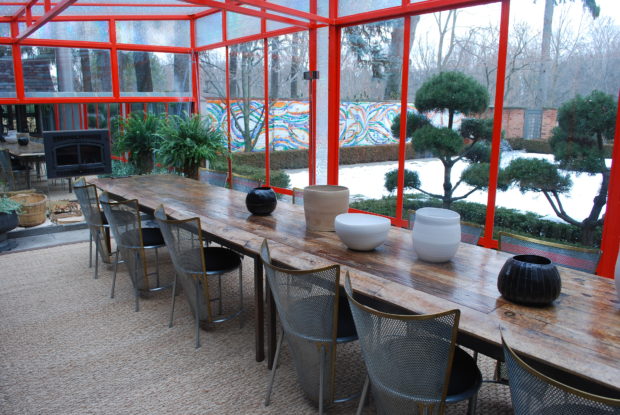 First 21 foot long Stuart table in place, 2006
First 21 foot long Stuart table in place, 2006
 The interior of the barry tapers
The interior of the barry tapers
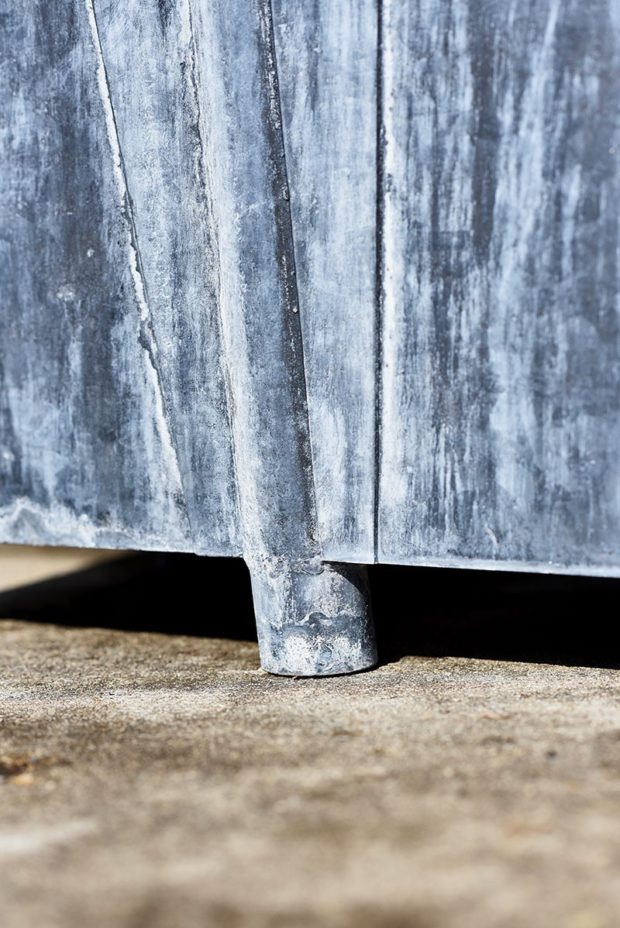 The leg and flange detail on the square Barry tapers
The leg and flange detail on the square Barry tapers
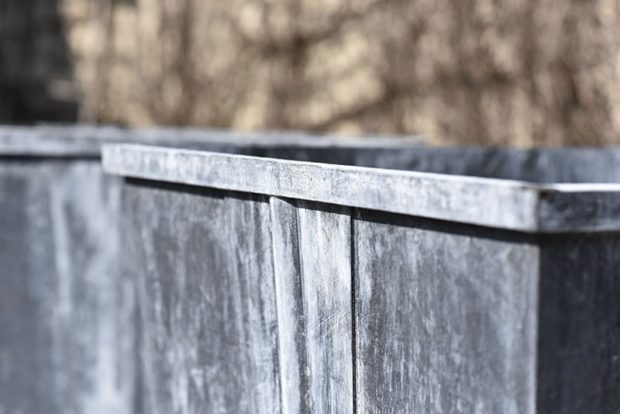 The rim detail on the round Barry and square Barry tapers
The rim detail on the round Barry and square Barry tapers
 the metro pot interior top rim helps keep the steel sides straight during the galvanizing process.
the metro pot interior top rim helps keep the steel sides straight during the galvanizing process.
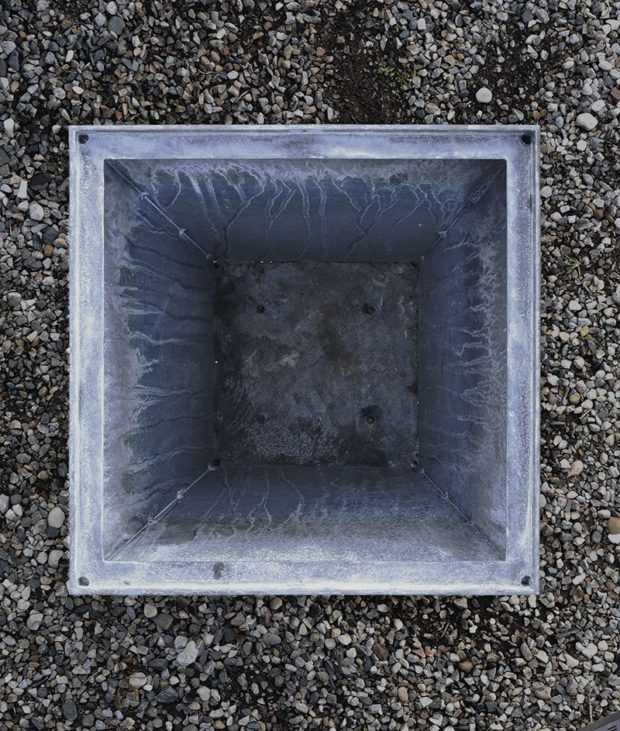 the interior of the metro pot. The holes in the corners are required by the galvanizing plant, so zinc does not get trapped under this rim.
the interior of the metro pot. The holes in the corners are required by the galvanizing plant, so zinc does not get trapped under this rim.
 the basin (58″ top diameter) and bowl (40″ top diameter)
the basin (58″ top diameter) and bowl (40″ top diameter)
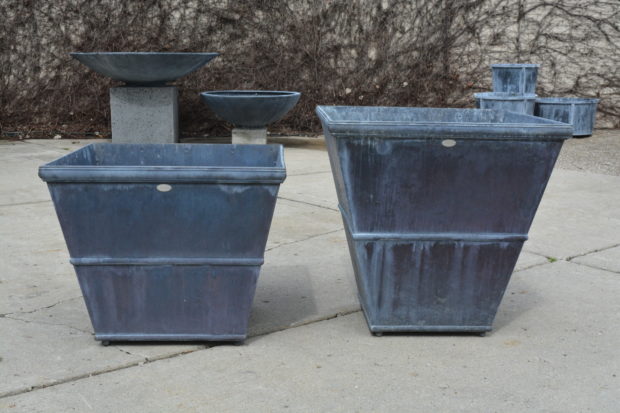 the square Hudson tapers
the square Hudson tapers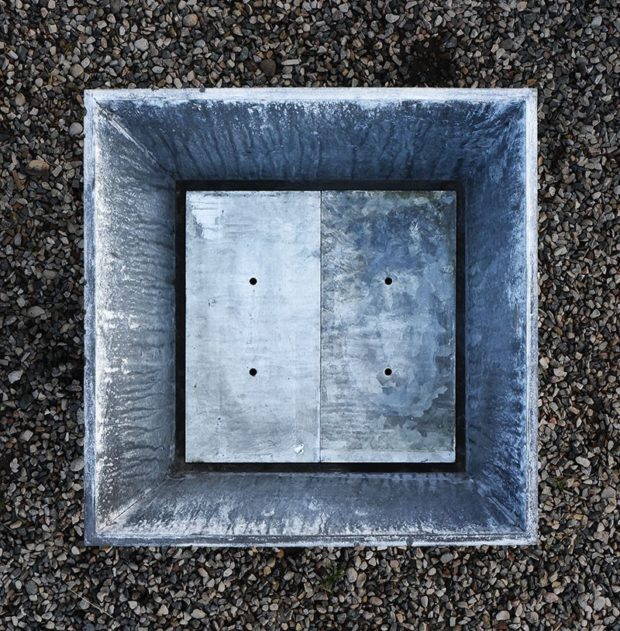 the square tapered Hudson pot bottom is comprised of 2 loose plates that sit on a rim. This helps the molten zinc to drain off the pot quickly. And it helps to insure that water drains away just as quickly.
the square tapered Hudson pot bottom is comprised of 2 loose plates that sit on a rim. This helps the molten zinc to drain off the pot quickly. And it helps to insure that water drains away just as quickly.
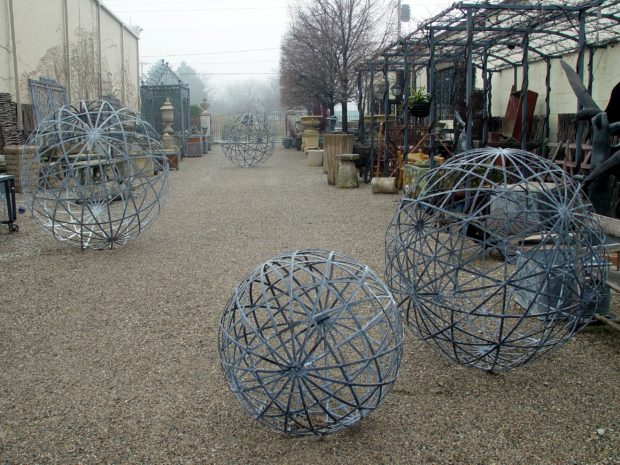 Buck designed and fabricated these lattice strap steel spheres from an idea he had-no drawing. He tried to explain to me what a classic lattice pattern would look like in 3 dimensions – to no avail. Now I see. They have been a mainstay of our collection for a good many years. I am pleased to see these spheres have some contemporary style company. We are installing a pair of custom made and very contemporary planter boxes from Branch this morning-more on that later.
Buck designed and fabricated these lattice strap steel spheres from an idea he had-no drawing. He tried to explain to me what a classic lattice pattern would look like in 3 dimensions – to no avail. Now I see. They have been a mainstay of our collection for a good many years. I am pleased to see these spheres have some contemporary style company. We are installing a pair of custom made and very contemporary planter boxes from Branch this morning-more on that later.

